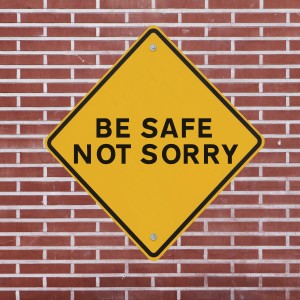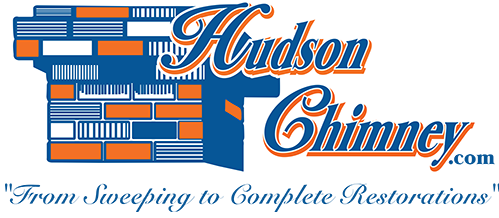by Mark Hudson | Apr 8, 2014 | chimney maintenance, fire safety
Let’s Talk Creosote Removal
Have you noticed any black particles and burnt-like marks on your chimney walls? You might think it’s just stained because of the smoke, however these should not be underestimated, because creosote buildup can become quite dangerous.

Don’t forget to have your chimney cleaned and inspected at least once a year to maximize output and safety.
What is that black substance coating your chimney walls? It’s called creosote, a chemical byproduct of open combustion from burning either hardwood or softwood. These two types of wood usually need to be seasoned and dried up to at least six months so that only minimal production of creosote is made. This means that creosote production is inevitable and the biggest dilemma once creosote has built up in your chimney is the probability of chimney fires occurring.
So because we can’t prevent it from forming, the next best thing is to make sure that it is regularly removed. When you talk about creosote buildup, there are three levels. Thankfully our CSIA-licensed chimney sweeps here at Hudson Chimney are ready to take full control and assess, clean and remove creosote.
Level I
The first stage is usually called soot. It’s still flaky and dusty like ash only that it’s found in the chimney walls. It is the slightest form with maybe a layer or two and can easily be removed by a chimney brush. We usually just brush it off. The process takes very little time but before the removal process is done, we first inspect and do a little cleaning.
Level II
The second stage of creosote already has tar-like features. It is now harder to remove and we usually need to use stiffers or special kinds of brushes. By now, the layers are getting thicker. Removing it will take more time than usual. During this level, creosote is building up to be more flammable and more dangerous. Nonetheless, it can still be removed.
Level III
The last and final stage is the most difficult to remove and the most dangerous. It is no longer called creosote but it is now called glaze. It is thick, totally black and is like candle wax; a hard, glossy, dark mass. By now, the chance of chimney fires occurring is greater.
To prevent this, constant cleaning and removing of creosote is the ultimate key. Once creosote starts to build up, contact Hudson Chimney so that we can monitor and lessen the problem. Give us a call and we’ll tell you more!
by Mark Hudson | Nov 18, 2013 | chimney maintenance
Chimney Inspections and What They Cover
It is highly recommended that homeowners have their chimneys inspected on an annual basis. Having a professional come in to look at the chimney is the best way to spot any potential hazards before they endanger the household. Before finding an certified sweep to do the job, it is important to understand exactly what should be included in an annual inspection.
One of the first things that a chimney inspector will look at is the structural integrity of the chimney itself. Over time, a chimney can become damaged or weak, especially if there is excessive exposure to rain and snow. They will make sure that the actual structure is still strong and does not pose any risks to the rest of the home.

When a certified chimney sweep does an inspection of your chimney, there are certain trouble spots that are always checked.
In addition to looking over the general structure of the chimney, the sweep will look at the individual parts. This will include an inspection of the flue liner and damper, among other important elements. They will be able to tell the homeowner whether any individual parts of their chimney require maintenance or repair. Remember, it is necessary for all parts of the chimney to be in good working condition in order for it to function safely.
A chimney professional will be able to tell whether there is a buildup of creosote in the chimney. Creosote is the substance left behind after treated wood and coal have been used for making a fire in the fireplace. It can pose a number of different risks, including internal illness and irritations to the skin and eyes. It is also highly flammable, so a home with a buildup of the material is at a greater risk for a chimney fire than those who have it inspected and cleaned.
During a chimney inspection, there may also be evidence of material clogging the chimney. In many cases, this is the result of animals that have made their home in the flue. A clogged chimney is a serious problem because it prevents smoke and gas from exiting the home the way they are supposed to. As a result, a chimney fire could ignite or the family inside of the home could become ill when they are exposed to the gasses.
It takes specialized training and experience to properly and thoroughly inspect a chimney. The Chimney Safety Institute of America is the organization that trains and certifies all qualified chimney technicians. It is necessary to only use a CSIA certified inspector in order to get the most reliable results. The CSIA website offers a useful tool to help find a qualified technician in the area.
To some homeowners, a chimney inspection just seems like an extra chore and an unnecessary expense. However, an annual inspection is the only way to make sure that the chimney is in good working condition and not putting the home at risk. Be sure to use a chimney inspector who has been trained and certified by the Chimney Safety Institute of America in order to get the best results.


